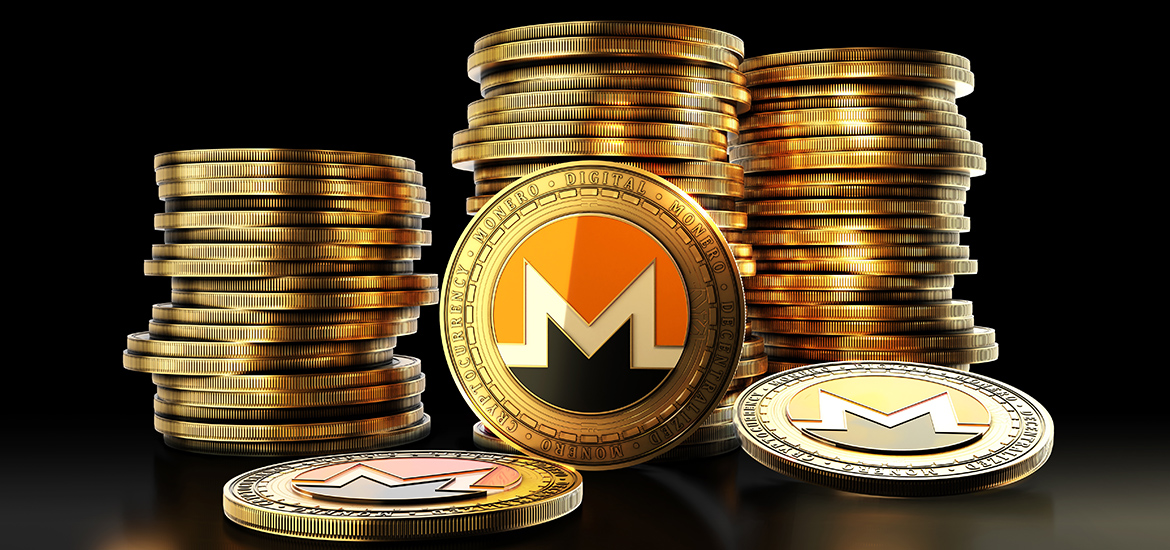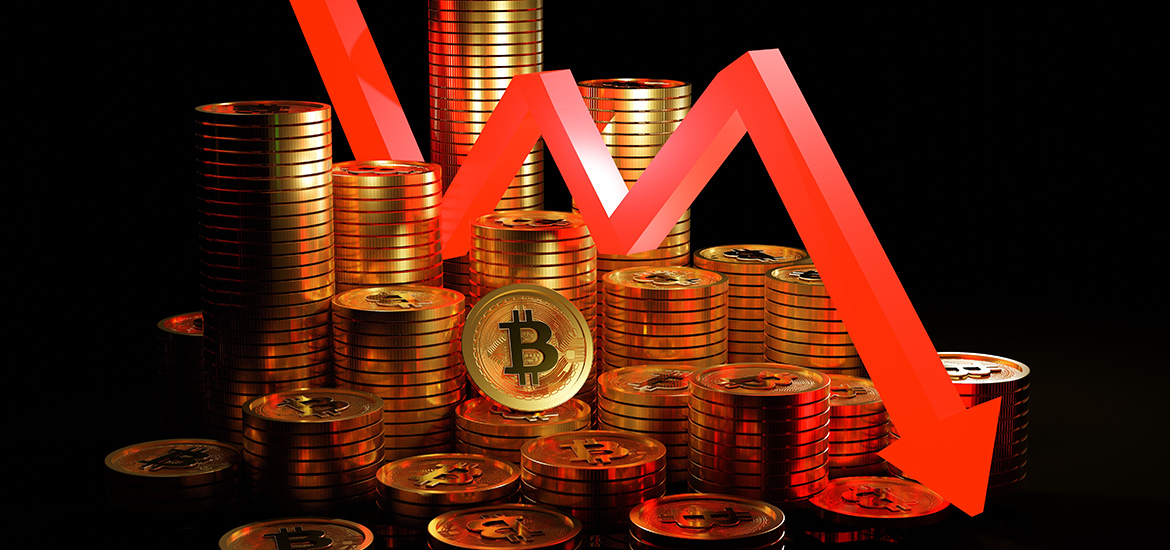Crypto investors currently need strong nerves when looking at the price charts. The bitcoin price alone has even dropped below the 25,000 dollar mark in the meantime. The last time digital money was this cheap was in the middle of last year. However, the cryptocurrency TerraUSD (UST), a so-called stablecoin, has been hit even harder. It lost over 70 percent of its market capitalization in just seven days and is considered one of the reasons for the Bitcoin crash.
In the past few days, something has happened that should not have happened: the stablecoin UST has decoupled from the dollar. Stablecoins are actually called just that because, unlike other cryptocurrencies, they do not fluctuate, but their value is stably pegged to a common reserve currency, usually the dollar. This means that their price is usually exactly one dollar. In order for this to work, the people behind the respective stablecoins have to balance the purchases of investors by investing in dollar (assets) to the same extent.
TerraUSD is among the largest stablecoins, along with Tether and the USD Coin. However, the cryptocurrency belongs to the so-called algorithmic stablecoins. There are no real dollars or dollar assets behind this type of stablecoins. Instead, UST uses Luna, the cryptocurrency of the Terra network, to keep the stablecoin stable.
Actually, the rate for Terra always hovers stably around one dollar. On Monday, however, it collapsed, dropping below 70 cents on Tuesday. In the meantime, the price recovered somewhat, but in the meantime, there is apparently no longer any attempt to keep the coin stable. The price is only 36 cents on Wednesday afternoon.
The foundation behind Terra initially reported that it was an attack on the project. Others, however, simply fear a Ponzi scheme behind Terra. In order to obtain UST coverage, the foundation has sold large amounts of Bitcoin in the meantime. That is why the large price collapse on the crypto market is also associated with the collapse of the stablecoin.
Market observers now fear regulatory consequences for stablecoins – especially for those that, like UST, are among the algorithmic coins and are not backed by real assets.










Leave A Comment
You must be logged in to post a comment.